Why Forests And Biodiversity Are Important
- January 31, 2025
- 0 comment
Forests and biodiversity are vital components of our planet’s health and sustainability. They not only provide essential resources, such as clean air and water, but also support diverse ecosystems that are crucial for the survival of countless species, including humans. Understanding the importance of these natural treasures is essential for fostering a deeper appreciation and commitment to their conservation.
Forests The Lungs of the Earth
Carbon Sequestration
Forests play a crucial role in carbon sequestration, a natural process that involves the absorption of carbon dioxide (CO2) from the atmosphere. Through photosynthesis, trees and plants convert CO2 into organic matter, storing carbon in their biomass and in the soil. This process not only helps to mitigate climate change by reducing greenhouse gas concentrations but also promotes healthy growth and resilience in forest ecosystems. The ability of forests to sequester carbon varies depending on factors like tree species, age, and overall forest health.
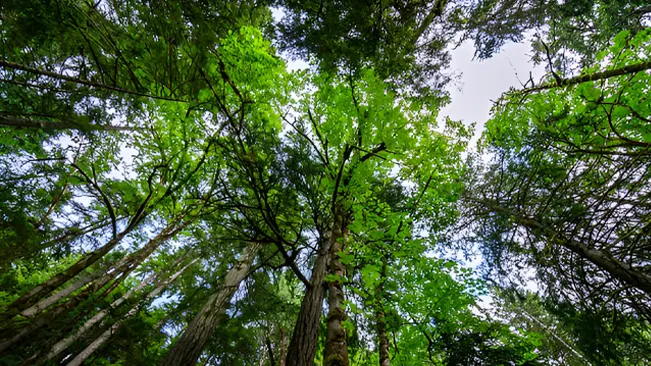
Mature forests are particularly effective at storing carbon compared to younger forests. As trees grow larger and older, they accumulate more biomass, thereby enhancing their carbon storage capacity. Additionally, mature forests often have complex structures with diverse plant life, contributing to increased carbon storage in both aboveground and belowground biomass. In contrast, young forests, while also valuable, typically sequester less carbon due to their smaller size and lower biomass. Understanding these dynamics highlights the importance of protecting and restoring mature forest ecosystems to maximize their role in climate change mitigation.
Oxygen Production
The process of photosynthesis is fundamental to oxygen production in forests. During photosynthesis, trees absorb sunlight and CO2, using them to produce glucose and oxygen. This oxygen is released back into the atmosphere, playing a vital role in sustaining life on Earth. Forests are responsible for producing a significant portion of the oxygen we breathe, with a single mature tree capable of generating enough oxygen for multiple people each year. This natural cycle not only supports human life but also provides a habitat for countless species, reinforcing the interconnectedness of ecosystems.
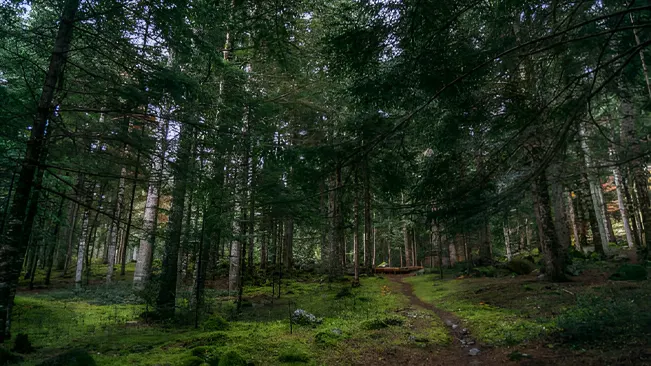
Beyond oxygen production, forests are essential for maintaining air quality. They act as natural filters, trapping dust, pollen, and pollutants from the air. Trees and plants also contribute to the regulation of local climate and weather patterns by influencing humidity and temperature. The presence of forests can help to mitigate urban heat islands, enhancing livability in densely populated areas. Therefore, preserving and restoring forest ecosystems is crucial not only for oxygen production but also for overall air quality and environmental health.
Biodiversity The Foundation of Ecosystems
Ecosystem Services
Ecosystem services are the benefits that humans derive from healthy ecosystems, categorized into four main types: provisioning, regulating, cultural, and supporting. Provisioning services include the production of food, fresh water, wood, and other resources that sustain human life. Regulating services encompass the natural processes that maintain balance in the environment, such as climate regulation, water purification, and disease control. Cultural services relate to the recreational, aesthetic, and spiritual benefits people gain from nature, while supporting services, such as nutrient cycling and soil formation, are essential for sustaining the other three categories.
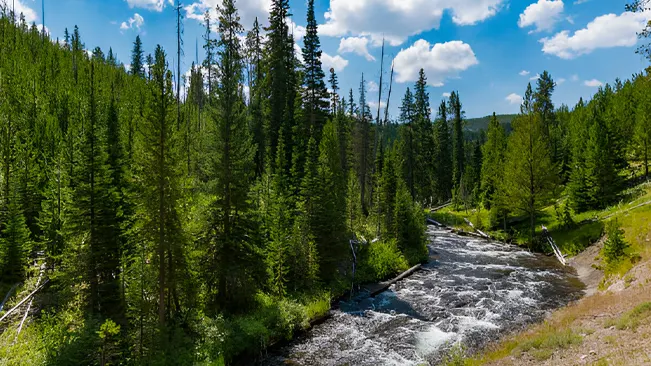
Biodiversity plays a critical role in enhancing and sustaining these ecosystem services. For example, diverse plant species contribute to effective pollination, which is vital for the production of many crops and fruits. Similarly, a variety of organisms, from earthworms to microorganisms, improve soil fertility by breaking down organic matter and recycling nutrients. The interconnectedness of species ensures that ecosystems function optimally, providing food security, clean water, and a range of other benefits that support human and ecological health.
Resilience and Adaptability
Biodiversity is essential for ecosystem resilience, the capacity of an ecosystem to recover from disturbances and adapt to changes. Ecosystems with high levels of biodiversity are generally more robust, as they can better withstand environmental stressors such as climate change, invasive species, and natural disasters. The presence of a variety of species ensures that some organisms can thrive even when conditions change, maintaining the overall stability and functionality of the ecosystem. This resilience is crucial for sustaining human populations, as it ensures the continued availability of vital resources.
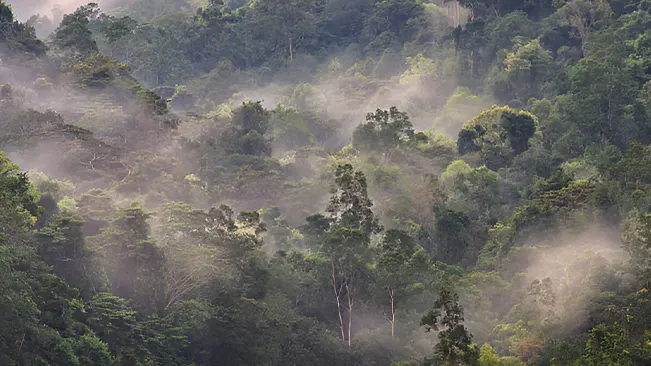
Genetic diversity within species also plays a significant role in adaptation and survival. A genetically diverse population is more likely to contain individuals with traits that enable them to cope with changing environmental conditions, such as disease resistance or drought tolerance. This adaptability is particularly important in the face of rapid climate change, where species that can quickly adjust to new conditions are more likely to survive. Therefore, conserving biodiversity not only protects individual species but also strengthens the resilience of ecosystems as a whole, ensuring their ability to provide essential services for future generations.
Economic Value of Forests and Biodiversity
Resource Provisioning
Forests are a significant source of both timber and non-timber forest products (NTFPs), which contribute substantially to local and global economies. Timber provides essential materials for construction, furniture, and paper products, serving as a backbone for various industries. Non-timber forest products, such as fruits, nuts, resins, medicinal plants, and wild game, offer diverse economic opportunities for communities reliant on forest resources. These products not only support livelihoods but also promote sustainable practices when harvested responsibly. The economic benefits of these resources can empower local communities, enabling them to invest in education, healthcare, and infrastructure.
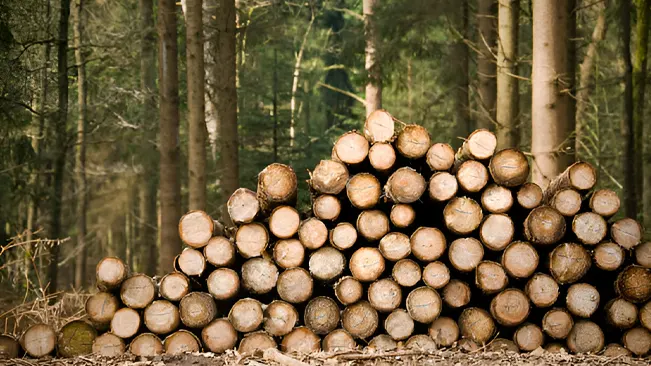
The economic impact of forests extends beyond local communities, influencing global markets and trade. Countries rich in forest resources often engage in international trade, exporting timber and NTFPs to meet the demands of global consumers. This trade can stimulate economic growth, create jobs, and improve living standards. However, the challenge lies in balancing resource extraction with conservation efforts to ensure the sustainability of forest ecosystems. Sustainable management practices are essential to maintain the economic viability of these resources while preserving the ecological integrity of forests for future generations.
Ecotourism and Recreation
Forests and biodiversity are significant attractions for tourism, particularly in the realm of ecotourism. Travelers increasingly seek experiences that allow them to connect with nature, observe wildlife, and appreciate the beauty of diverse ecosystems. National parks, wildlife reserves, and forest trails offer opportunities for hiking, birdwatching, and adventure sports, drawing millions of visitors each year. This influx of tourists not only generates revenue for local economies but also raises awareness about the importance of conservation and environmental protection.
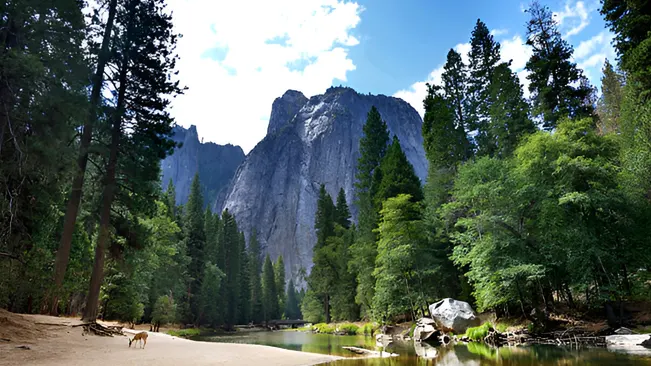
Ecotourism has numerous benefits for both conservation and local communities. It provides financial incentives for the preservation of natural habitats, as healthy ecosystems are essential for attracting visitors. This can lead to the establishment of protected areas and sustainable management practices that benefit both biodiversity and local economies. Moreover, ecotourism creates job opportunities in areas such as guiding, hospitality, and crafts, empowering communities to take an active role in conservation efforts. By fostering a connection between people and nature, ecotourism helps to promote sustainable practices that protect forests and their biodiversity while ensuring economic benefits for future generations.
Threats to Forests and Biodiversity
Deforestation and Habitat Loss
Deforestation, driven by factors such as agricultural expansion, logging, and urban development, poses one of the most significant threats to forests and biodiversity. As forests are cleared for land use, natural habitats are destroyed, leading to fragmentation and loss of ecosystems that many species depend on for survival. The consequences of deforestation extend beyond the immediate loss of trees; they disrupt ecological balance, reduce soil fertility, and increase vulnerability to erosion and flooding. Moreover, the loss of diverse habitats can lead to declines in plant and animal populations, threatening biodiversity and diminishing the resilience of ecosystems.
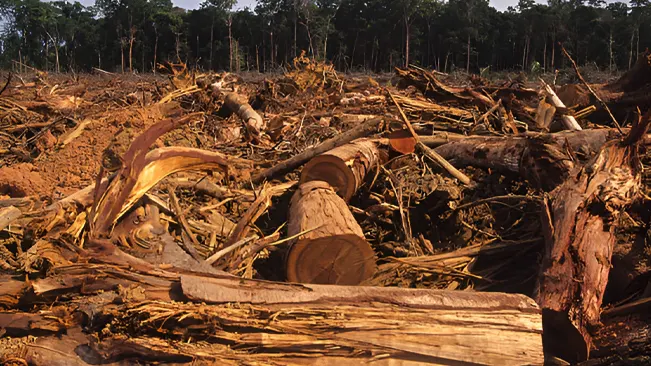
The impact of habitat loss is particularly pronounced for species that require specific environments to thrive. Many organisms are unable to adapt to altered landscapes or find suitable habitats, leading to population declines or extinction. This loss of biodiversity affects ecosystem functions such as pollination, seed dispersal, and nutrient cycling, which are essential for maintaining healthy environments. As species disappear, the ecological interactions that sustain forests and their biodiversity weaken, creating a vicious cycle that further endangers the remaining flora and fauna.
Climate Change
Climate change poses a significant threat to forest health and biodiversity, altering temperature and precipitation patterns and increasing the frequency of extreme weather events. These changes can affect the growth and distribution of tree species, disrupt seasonal cycles, and alter the timing of ecological events, such as flowering and migration. As forests struggle to adapt to these new conditions, their ability to sequester carbon and provide essential ecosystem services diminishes, exacerbating the challenges of climate change. Additionally, climate change can lead to the proliferation of pests and diseases that further stress forest ecosystems.
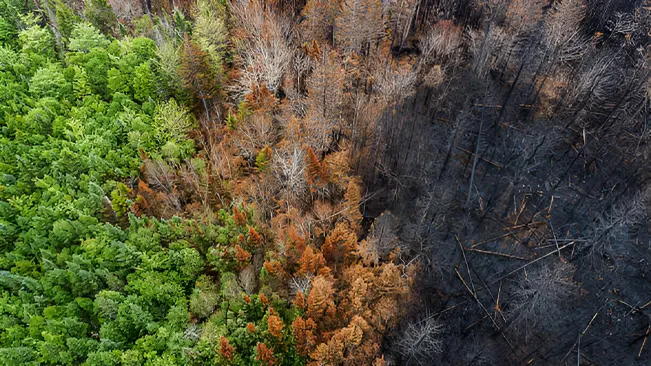
Numerous species are at risk due to changing climates, as their habitats may become unsuitable or fragmented. For instance, temperature-sensitive species like certain amphibians and birds may find their ranges shifting, leading to population declines as they struggle to find suitable conditions. Additionally, forests at higher altitudes or latitudes may experience a loss of biodiversity as species are unable to migrate to cooler areas. The interconnected nature of ecosystems means that the decline of one species can have cascading effects on others, highlighting the urgent need for conservation efforts to protect both forests and the diverse life they support in the face of climate change.
Conclusion
In conclusion, forests and biodiversity are not merely components of our planet; they are foundational to our ecological and economic well-being. Forests act as the lungs of the Earth, providing clean air, carbon sequestration, and vital resources that sustain human life. The rich tapestry of biodiversity within these ecosystems enhances their resilience, supports essential services like pollination and soil fertility, and contributes to the overall health of our environment.
FAQS
- What role do forests play in climate regulation?
Forests absorb carbon dioxide during photosynthesis, helping to mitigate climate change by reducing greenhouse gas concentrations in the atmosphere. They also influence local weather patterns and contribute to temperature regulation. - How does biodiversity contribute to ecosystem health?
Biodiversity enhances ecosystem resilience, ensuring that ecosystems can withstand disturbances and adapt to changes. A diverse range of species supports essential functions like pollination, nutrient cycling, and pest control, maintaining ecological balance. - What are ecosystem services, and why are they important?
Ecosystem services are the benefits humans derive from ecosystems, including provisioning (e.g., food and water), regulating (e.g., climate and flood regulation), cultural (e.g., recreation and aesthetics), and supporting services (e.g., soil formation). They are crucial for sustaining human life and well-being. - What are the economic benefits of forests?
Forests provide timber, non-timber forest products, and recreational opportunities, contributing significantly to local and global economies. Sustainable management of these resources can create jobs and promote economic development while ensuring environmental health. - How does deforestation impact biodiversity?
Deforestation leads to habitat loss and fragmentation, threatening the survival of many species. The loss of biodiversity disrupts ecosystem functions and can result in declines in populations of plants and animals, further weakening ecological systems. - What are the main threats to forests and biodiversity?
Key threats include deforestation, climate change, habitat destruction, pollution, and invasive species. These factors can lead to significant declines in forest health and biodiversity, affecting ecosystems and human communities alike. - How can individuals contribute to forest and biodiversity conservation?
Individuals can support conservation efforts by reducing paper and wood consumption, participating in tree planting initiatives, supporting sustainable products, and advocating for policies that protect natural habitats. Education and awareness also play crucial roles in promoting conservation. - What is ecotourism, and how does it benefit forests and biodiversity?
Ecotourism involves responsible travel to natural areas that conserves the environment and improves the well-being of local communities. It generates revenue for conservation efforts, promotes awareness about environmental issues, and encourages the protection of forests and biodiversity.

Charles Hayes
Forestry AuthorI'm Charles Hayes, I bring over 15 years of specialized expertise in landscaping and woodworking, blending artistic design with sustainable environmental stewardship. My career, fueled by a profound passion for the natural world, encompasses extensive education and hands-on experience in creating harmonious, eco-friendly outdoor spaces and responsibly managing forest resources. Recognized for my professional standing, I am committed to continuous learning and certification in cutting-edge practices. My expertise is not only reflected in my work but also in my contributions to community projects, educational workshops, and collaborations with industry leaders. As an authoritative voice in my field, I strive to share knowledge and promote environmentally conscious approaches, making me a trusted resource in landscaping and forestry.



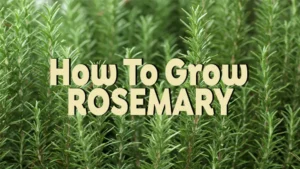









Leave your comment